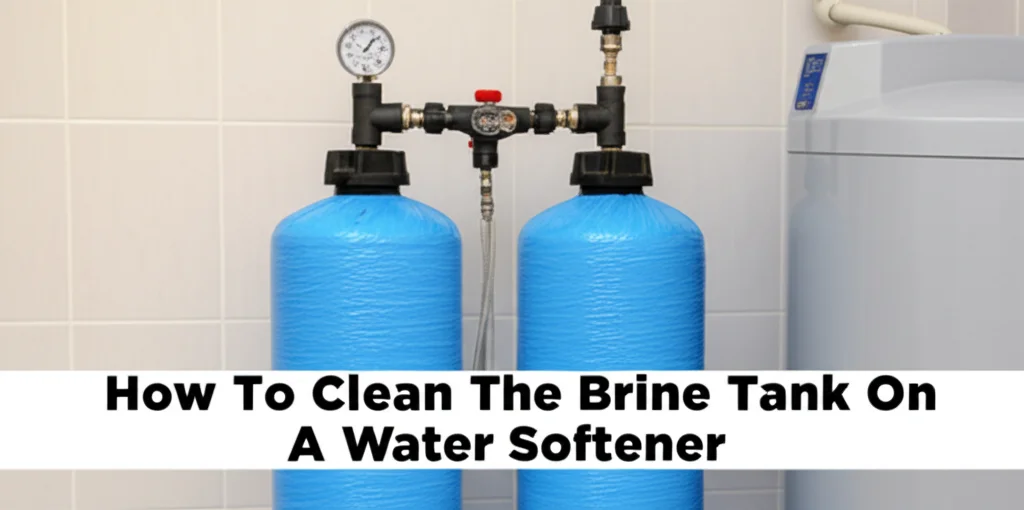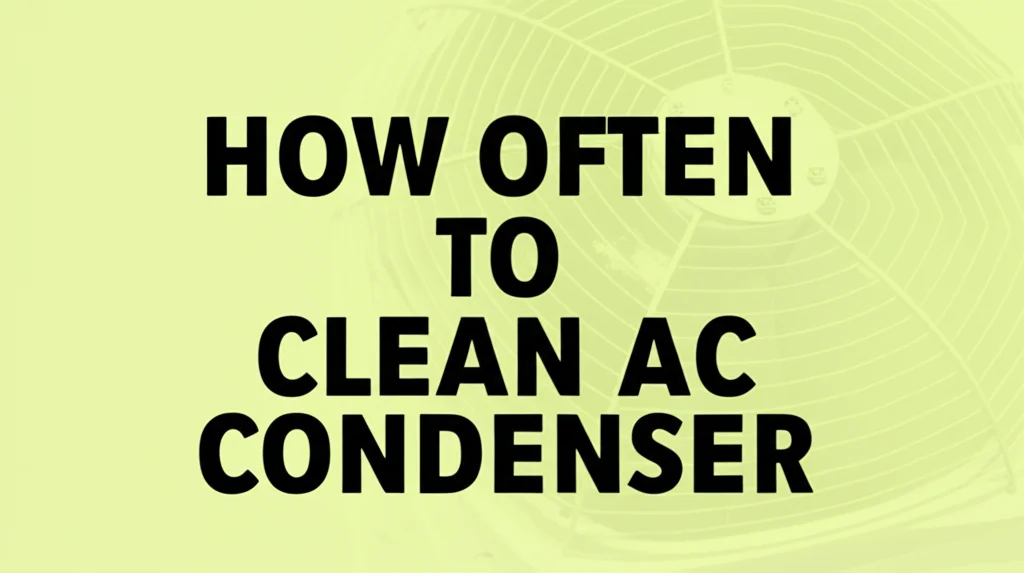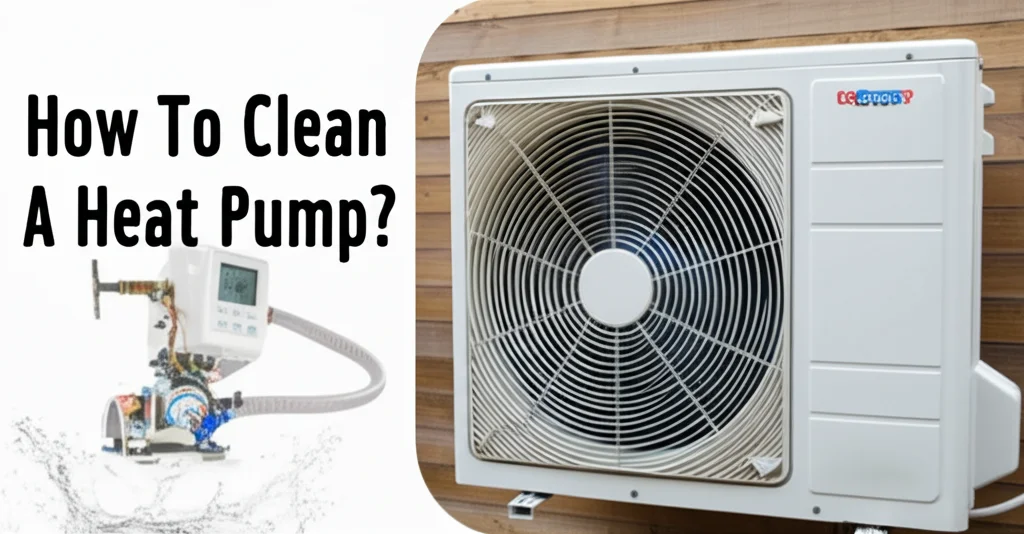· Home Maintenance · 7 min read
How To Clean The Brine Tank On A Water Softener

Keeping Your Water Softener Happy: How To Clean The Brine Tank
Is your water softener not working as well as it used to? One often-overlooked part of maintaining a healthy water softening system is cleaning the brine tank. A dirty brine tank can lead to reduced efficiency, increased salt usage, and even system failure. Don’t worry, though! Cleaning it is a straightforward process that you can easily tackle yourself. This article will guide you through everything you need to know about cleaning your brine tank, ensuring your water stays soft and your system runs smoothly. We’ll cover why it’s important, what you’ll need, and a step-by-step guide to get the job done.
Here’s a quick answer: Cleaning your water softener brine tank involves removing old salt and sediment buildup, typically every year or two. This ensures the tank can properly dissolve salt for the regeneration process, maintaining water softening efficiency and preventing system issues.
Takeaway:
- Regular brine tank cleaning (annually or bi-annually) is crucial.
- Remove all salt and debris from the tank.
- Inspect the tank for damage and clean the venturi valve.
- Proper cleaning extends the life of your water softener.
Why Is Cleaning Your Brine Tank Important?
Your water softener’s brine tank plays a vital role in the overall water softening process. It’s where salt is dissolved to create a brine solution, which is then used to regenerate the resin beads that remove hardness minerals from your water. Over time, salt can accumulate and harden, forming a solid mass at the bottom of the tank. This buildup prevents the salt from dissolving properly, reducing the effectiveness of the regeneration cycle. Think of it like trying to dissolve sugar in a block of ice – it just won’t happen efficiently!
Beyond salt buildup, sediment from your water supply can also settle in the tank. This sediment can clog the intake valve and disrupt the brine draw, further hindering the softening process. Ignoring these issues can lead to hard water, increased salt consumption, and potentially costly repairs or even the need for a new water softener. Regular cleaning prevents these problems and keeps your system operating at peak performance.
What You’ll Need To Clean Your Brine Tank
Before you start, gather the necessary supplies. Having everything on hand will make the process much smoother. Here’s a checklist:
- Gloves: Protect your hands from salt and potential irritants.
- Bucket: For removing old salt and sediment.
- Wet/Dry Vacuum: Essential for removing the remaining sludge and water. You can find a great selection of wet/dry vacs here.
- Warm Water: For rinsing the tank.
- Mild Dish Soap (Optional): For stubborn residue.
- Soft Brush or Sponge: To scrub the tank walls.
- Flashlight: To inspect the tank’s interior.
- Plumber’s Snake or Wire (Optional): To clear any clogs in the intake valve.
Step-by-Step Guide to Cleaning Your Brine Tank
Now that you have everything ready, let’s get started! Follow these steps for a thorough brine tank cleaning:
- Bypass the Water Softener: Locate the bypass valve on your water softener and switch it to the bypass position. This will stop water from flowing through the softener during the cleaning process.
- Empty the Brine Tank: Remove as much of the old salt as possible using a bucket. This can be a bit messy, so work carefully. Dispose of the old salt properly – it’s not suitable for use in your water softener anymore.
- Remove Remaining Sludge: Use a wet/dry vacuum to remove any remaining salt, sediment, and water from the bottom of the tank. Pay close attention to the corners and edges where debris tends to accumulate.
- Inspect and Clean the Tank Walls: Shine a flashlight into the tank and inspect the walls for any buildup or residue. If you find any, use a soft brush or sponge and warm water (with a little dish soap if needed) to scrub the walls clean.
- Check the Venturi Valve: The venturi valve is responsible for creating the suction that draws brine from the tank during regeneration. Inspect it for clogs or damage. If it’s clogged, use a plumber’s snake or wire to carefully clear the obstruction. A clogged venturi valve can significantly reduce your softener’s efficiency.
- Rinse the Tank: Pour several gallons of warm water into the tank to rinse away any remaining debris. Again, use the wet/dry vacuum to remove the water.
- Refill with Salt: Once the tank is clean and dry, refill it with the appropriate type of water softener salt. Follow the manufacturer’s recommendations for the correct salt level. Using the wrong type of salt can damage your system.
- Return to Service: Switch the bypass valve back to the service position, allowing water to flow through the softener again.
Dealing with Stubborn Salt Buildup
Sometimes, despite your best efforts, you’ll encounter stubborn salt buildup that’s difficult to remove. Here are a few tips for tackling those tough situations:
- Hot Water Soak: Fill the tank with hot water and let it sit for several hours (or even overnight) to help dissolve the salt.
- Vinegar Solution: Mix equal parts white vinegar and water and pour it into the tank. Vinegar is a natural solvent that can help break down salt deposits. However, use this method sparingly, as excessive vinegar can damage some components.
- Professional Cleaning: If you’re unable to remove the buildup yourself, consider contacting a professional water softener service technician. They have specialized tools and expertise to handle even the most challenging cleaning tasks. Sometimes, a professional cleaning is the best option to ensure your system is thoroughly cleaned and functioning optimally.
Preventing Future Brine Tank Buildup
Cleaning your brine tank is important, but preventing buildup in the first place is even better! Here are a few tips to help keep your tank clean:
- Use High-Quality Salt: Choose a high-quality water softener salt that’s designed to dissolve easily and leave minimal residue.
- Maintain Proper Salt Levels: Keep the salt level in the tank consistent, following the manufacturer’s recommendations.
- Regularly Check for Salt Bridging: Salt bridging occurs when a hard crust of salt forms over the surface of the remaining salt, preventing it from dissolving. Break up any salt bridges you find.
- Schedule Annual Cleaning: Make brine tank cleaning a part of your annual home maintenance routine.
FAQ About Brine Tank Cleaning
Q: How often should I clean my brine tank?
A: Generally, you should clean your brine tank every year or two, depending on your water hardness and salt usage. If you notice reduced water softening performance, it’s a good indication that it’s time for a cleaning.
Q: What type of salt should I use in my brine tank?
A: You can use rock salt, solar salt, or evaporated salt. Avoid using ice melt or salt with additives, as these can damage your water softener.
Q: Can I use bleach to clean my brine tank?
A: No, you should never use bleach to clean your brine tank. Bleach can corrode the tank and damage the internal components of your water softener.
Q: What if I notice a foul odor coming from my brine tank?
A: A foul odor could indicate bacterial growth in the tank. You can try disinfecting the tank with a mild bleach solution (very diluted – 1 tablespoon per gallon of water), but be sure to rinse it thoroughly afterward. If the odor persists, contact a professional.
Conclusion: A Clean Brine Tank Means Soft, Healthy Water
Cleaning your water softener brine tank is a simple yet crucial maintenance task. By following the steps outlined in this guide, you can ensure your system operates efficiently, providing you with soft, healthy water for years to come. Remember to prioritize regular cleaning, use high-quality salt, and address any issues promptly. A little preventative maintenance can save you a lot of money and hassle in the long run. Don’t let a dirty brine tank compromise your water quality – take action today! If you’re looking for more ways to keep your home clean and comfortable, check out our article on how to clean vinyl plank flooring for another easy home maintenance task.




